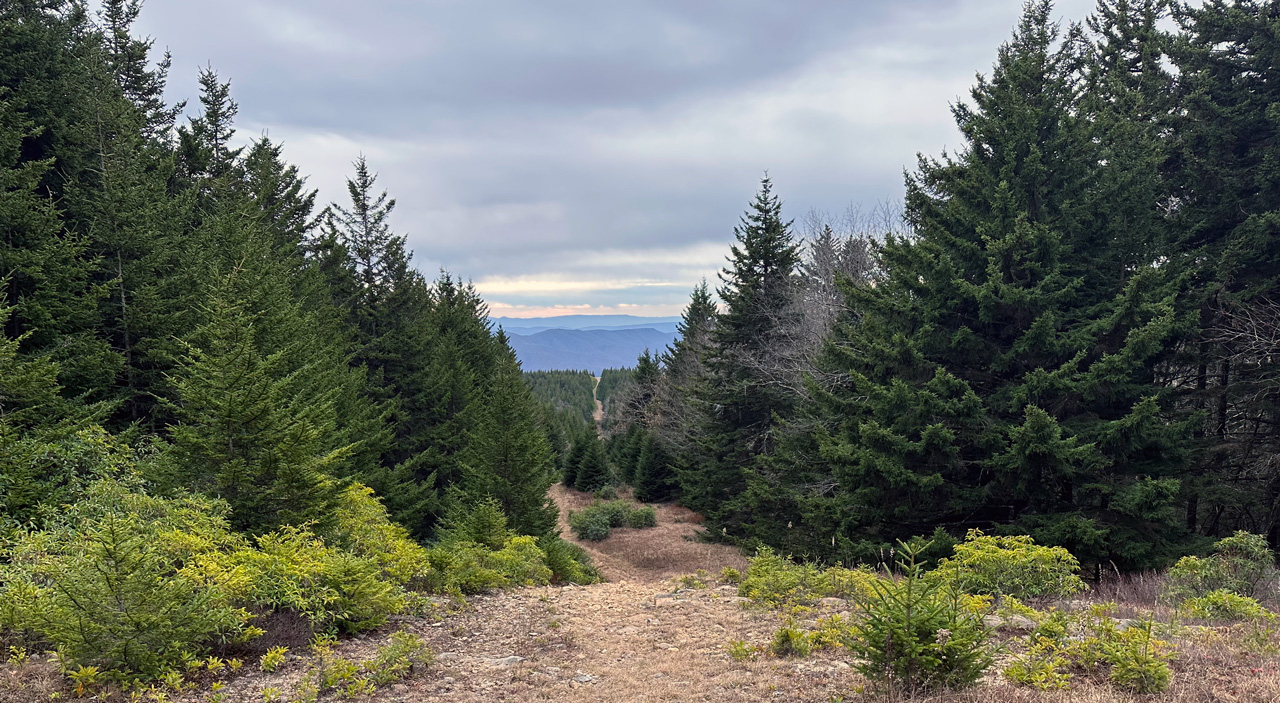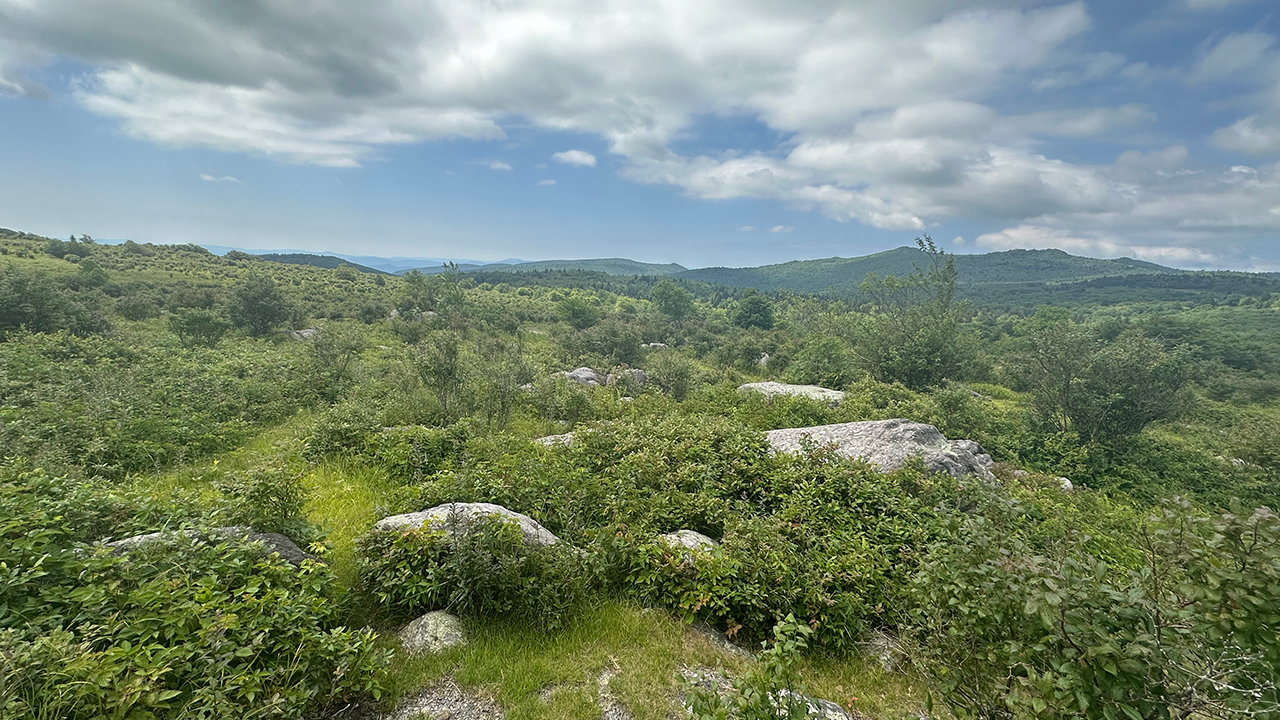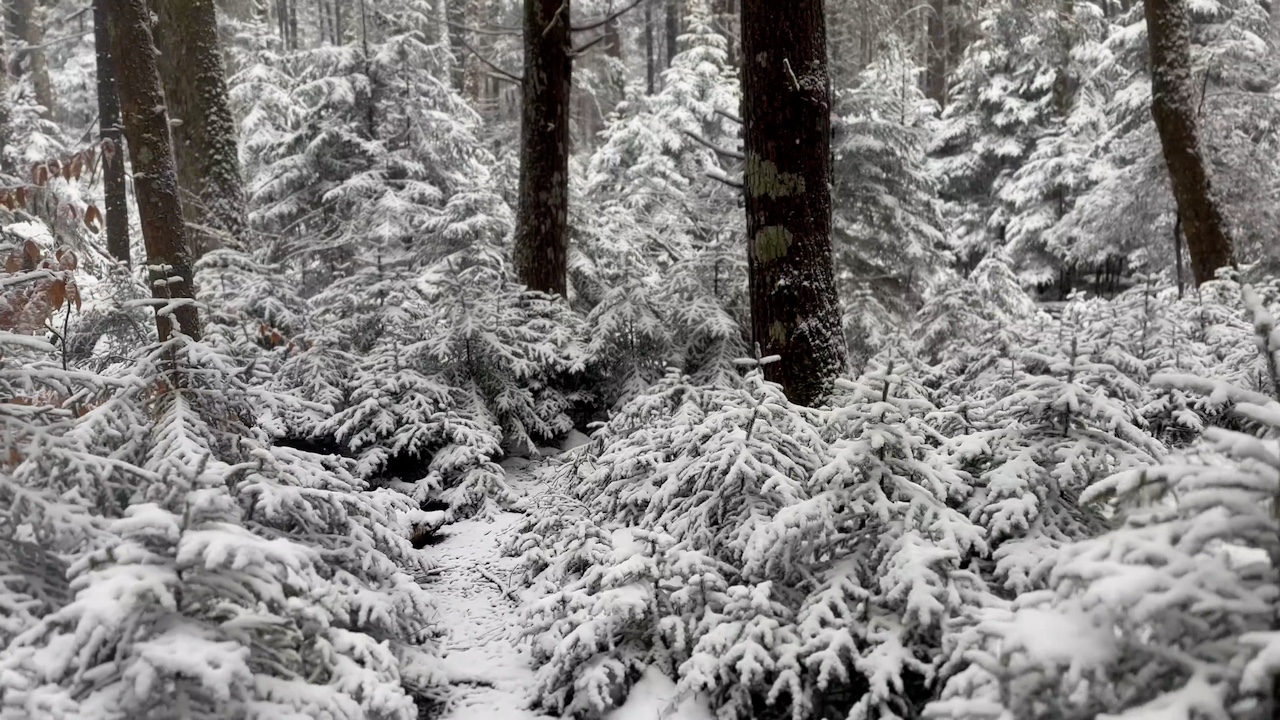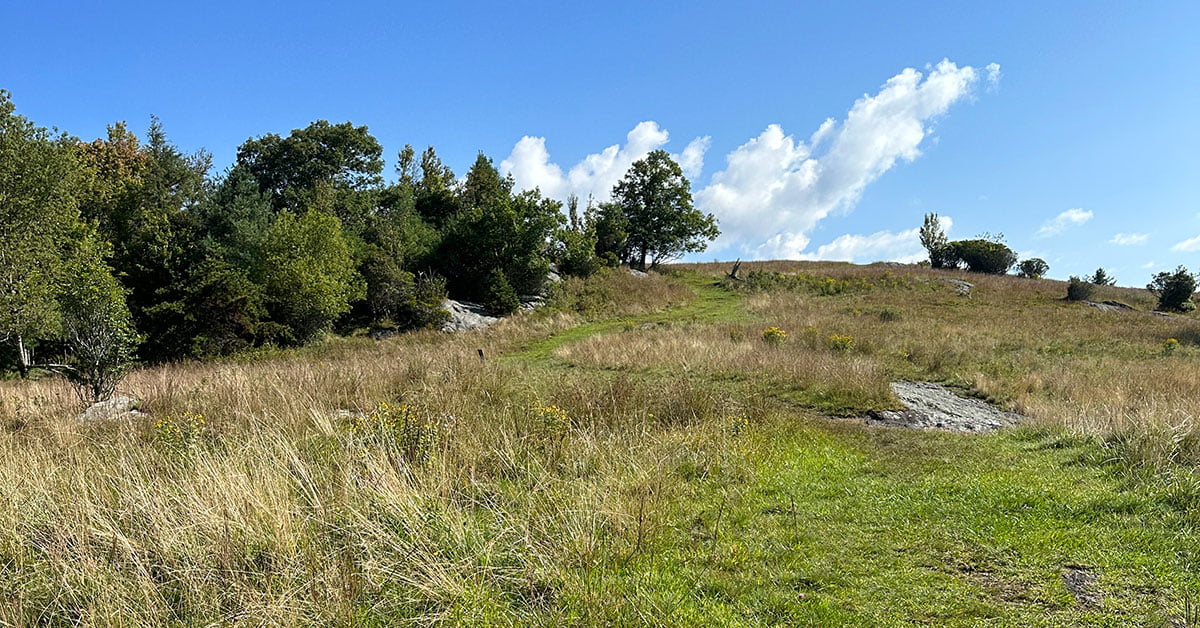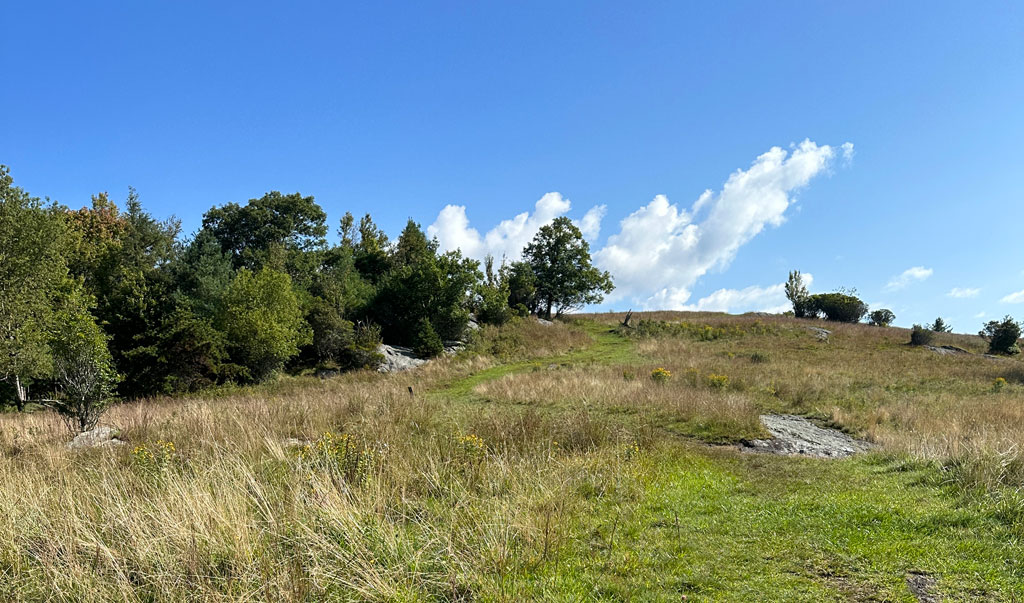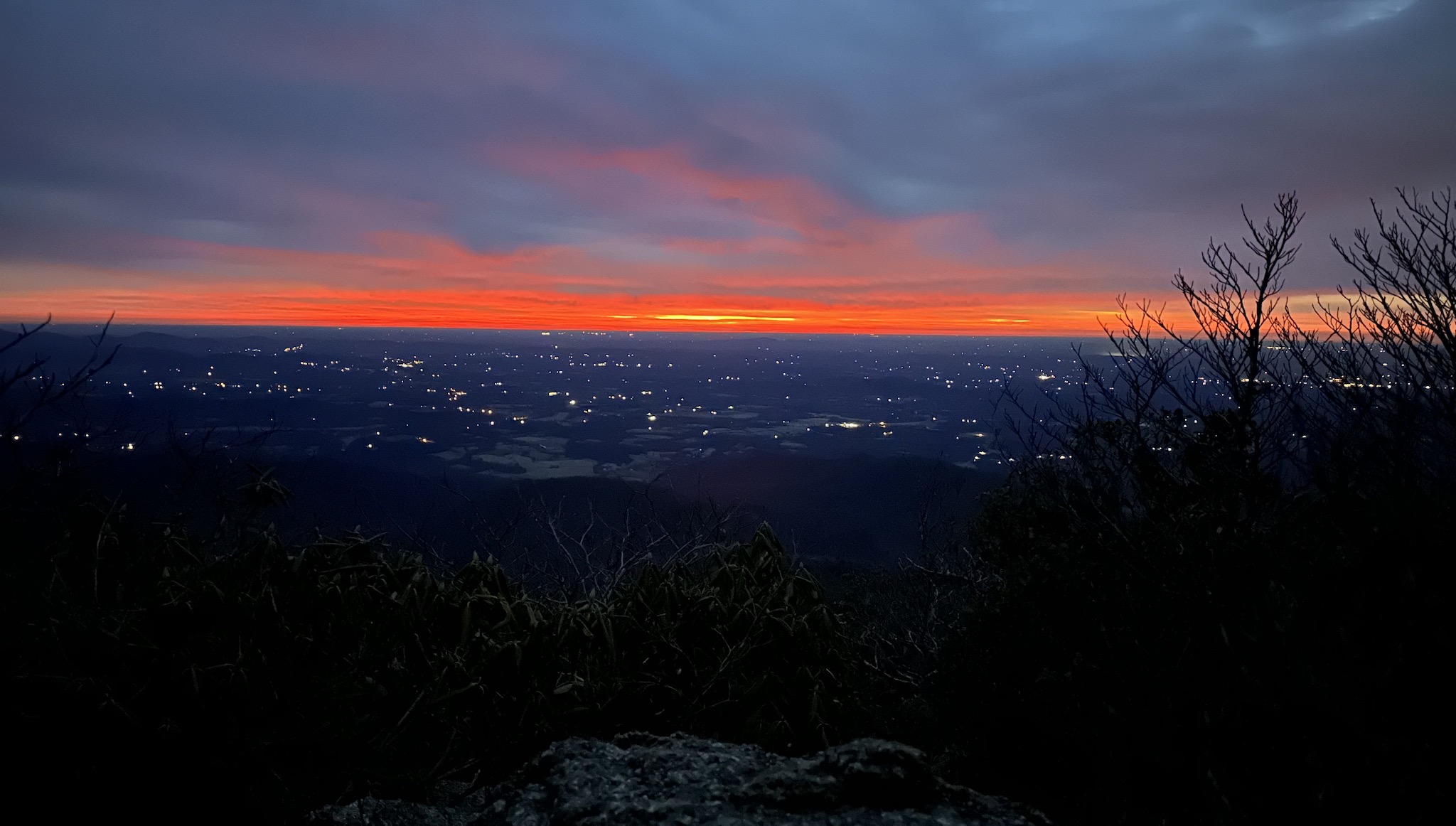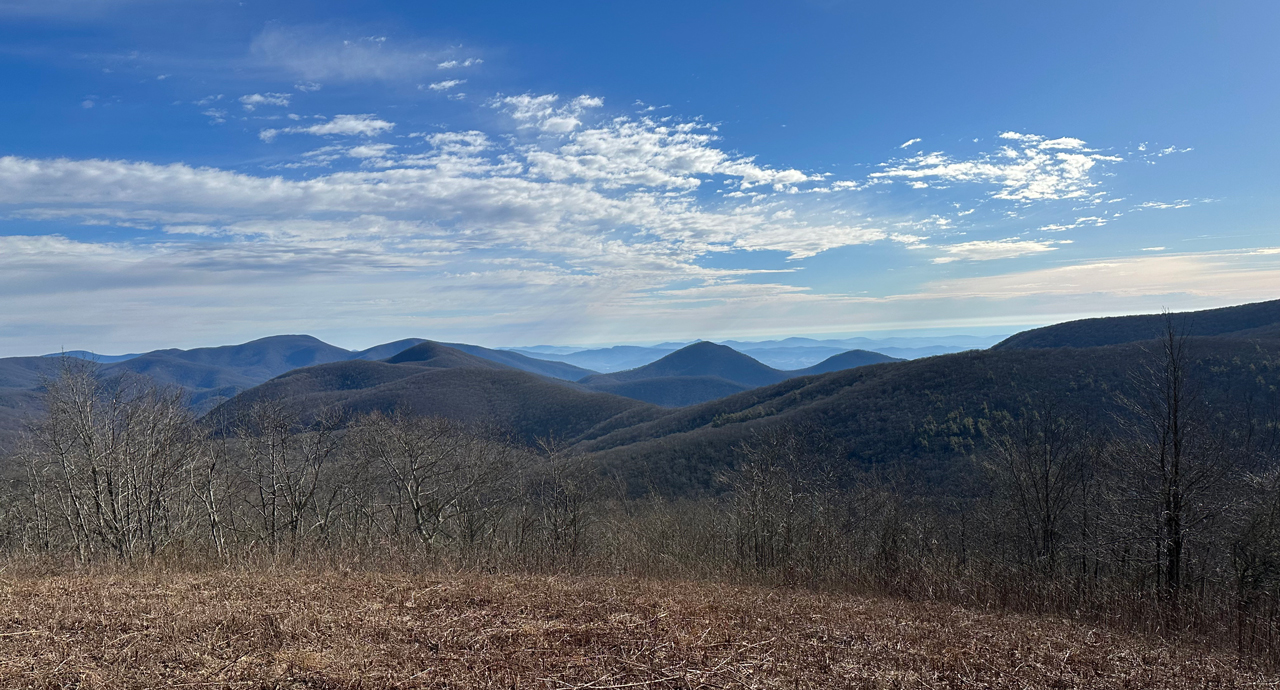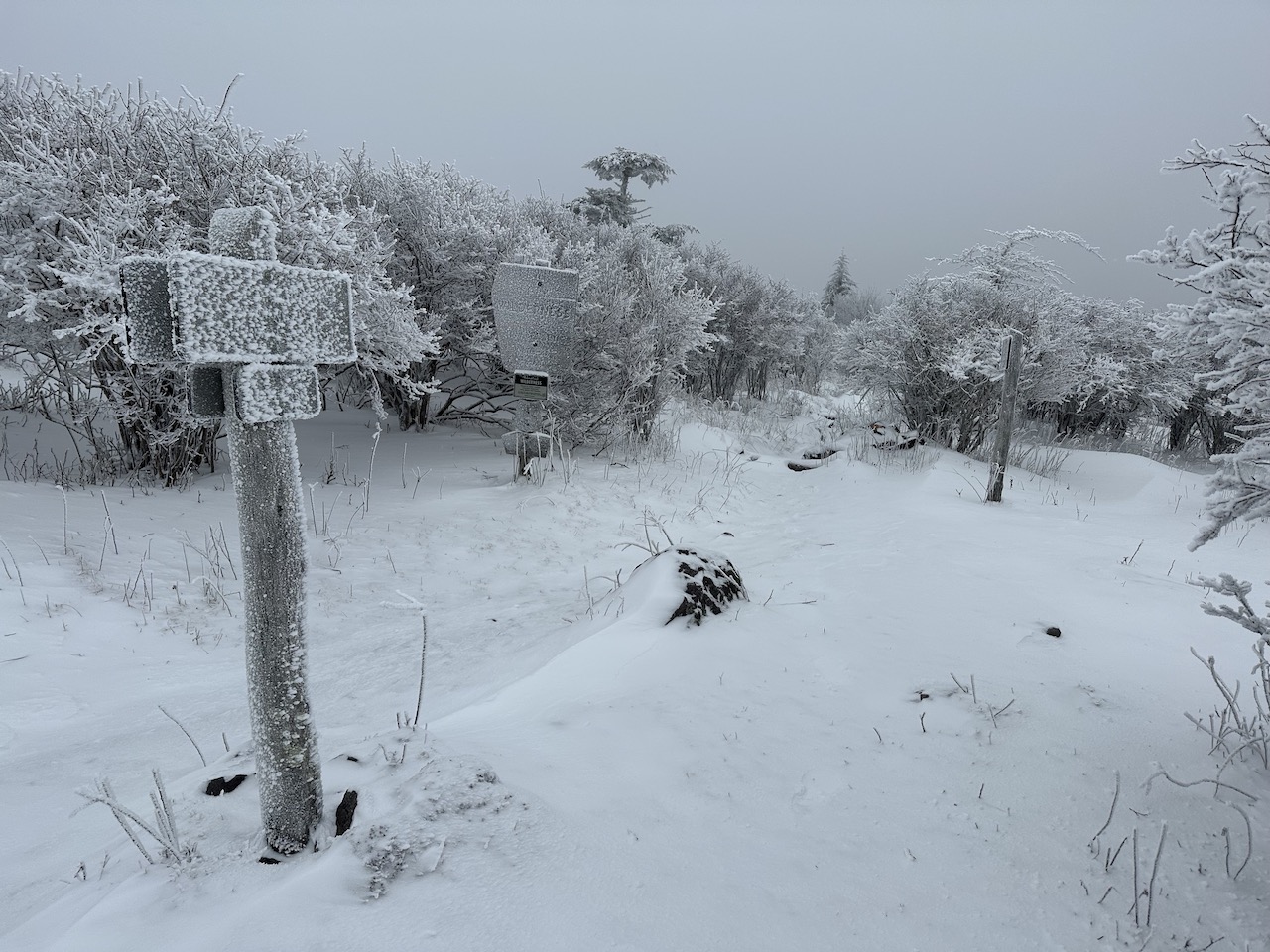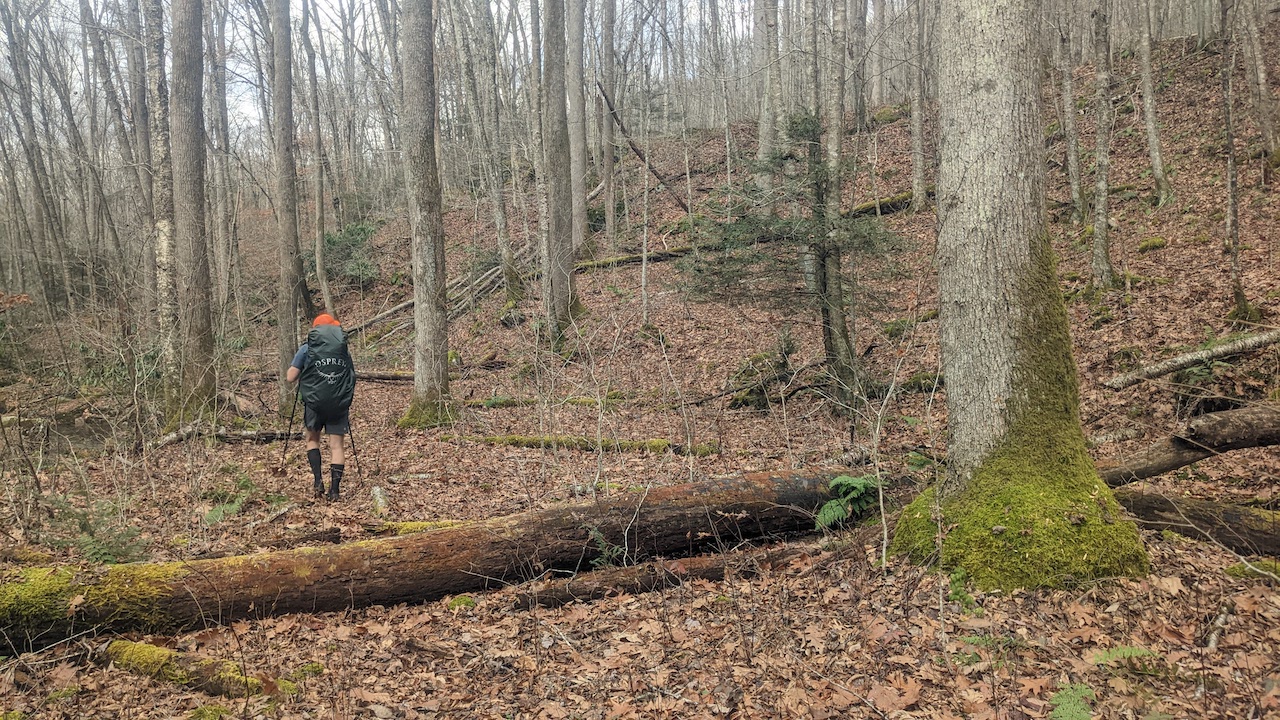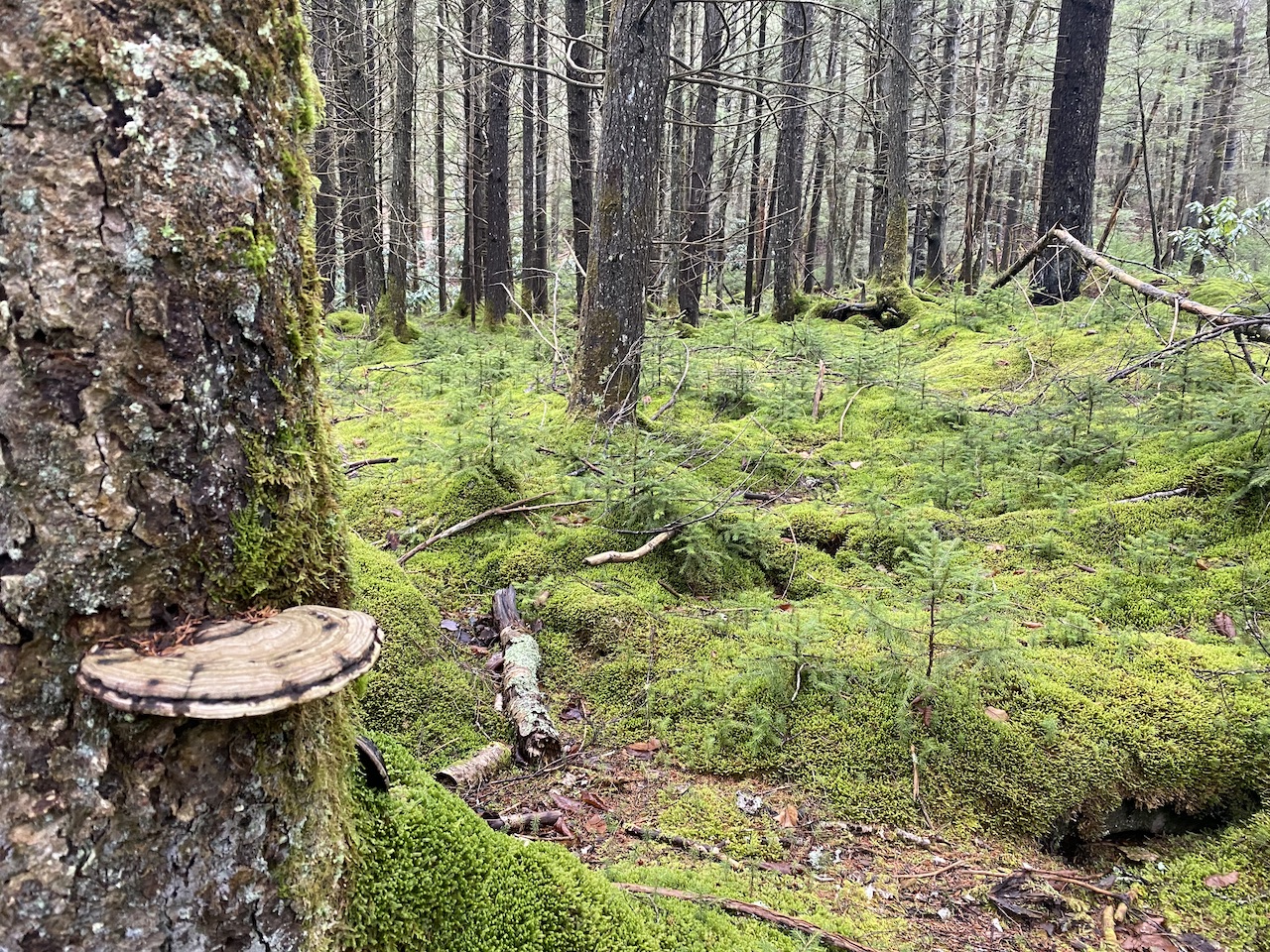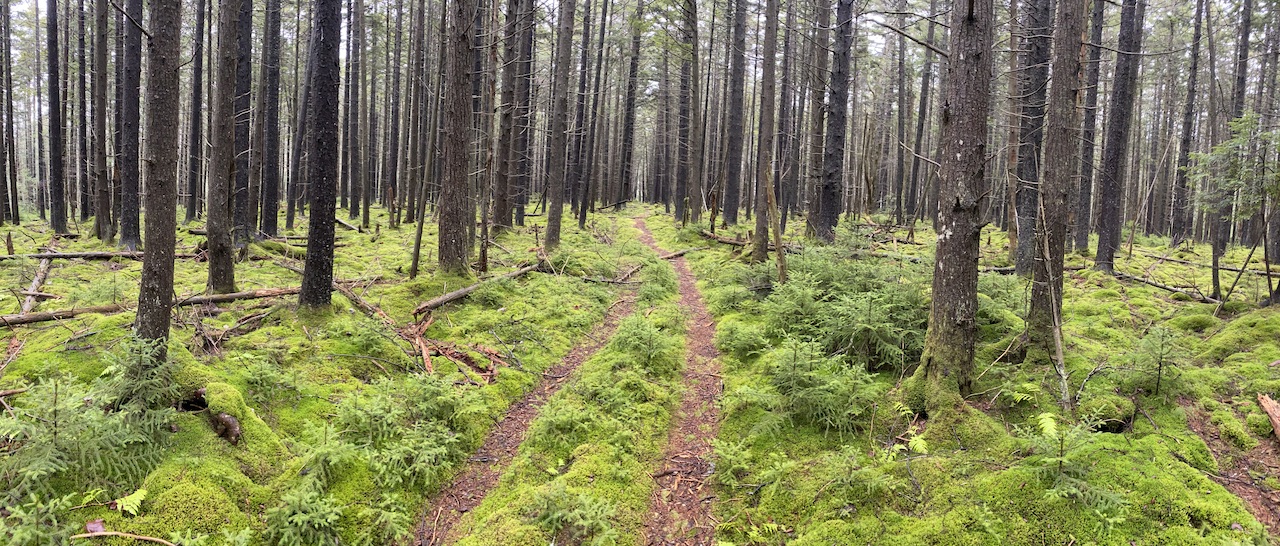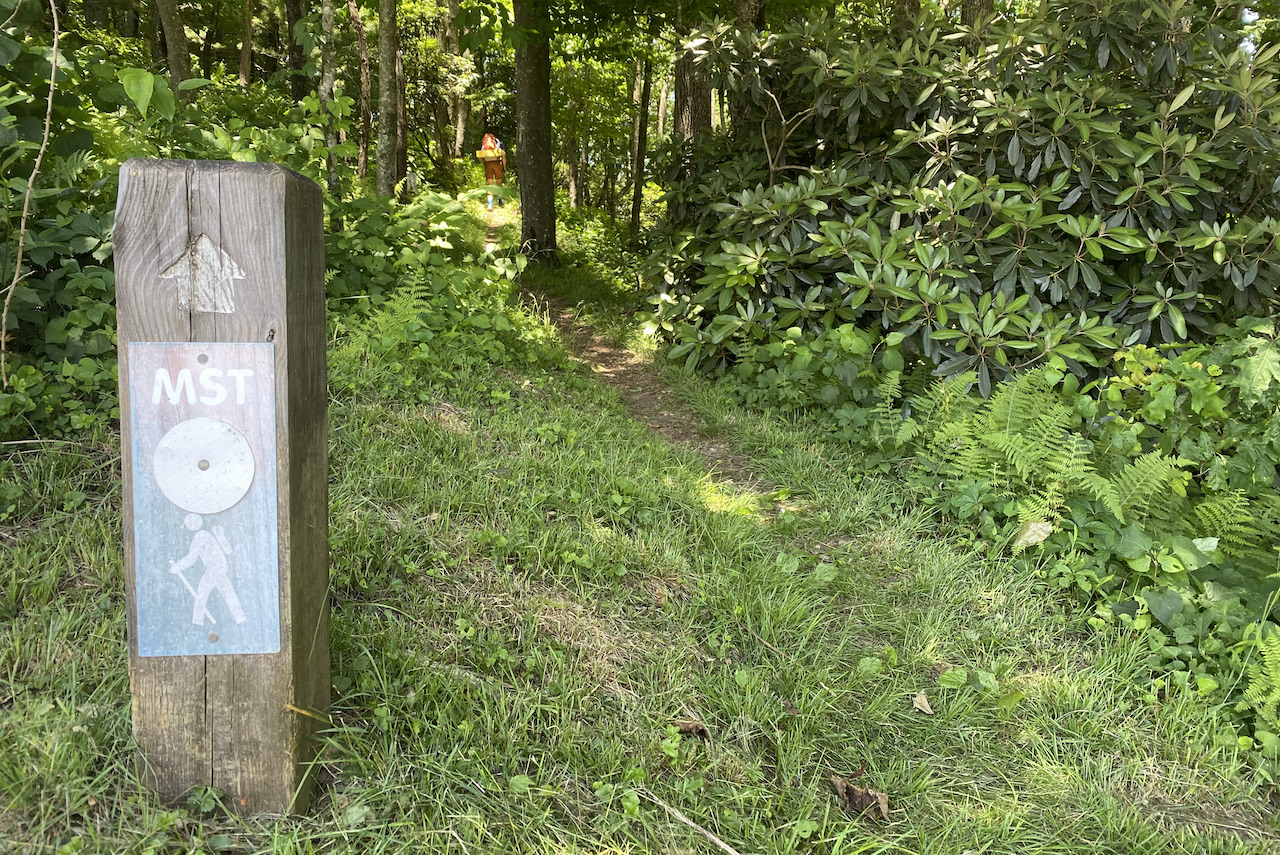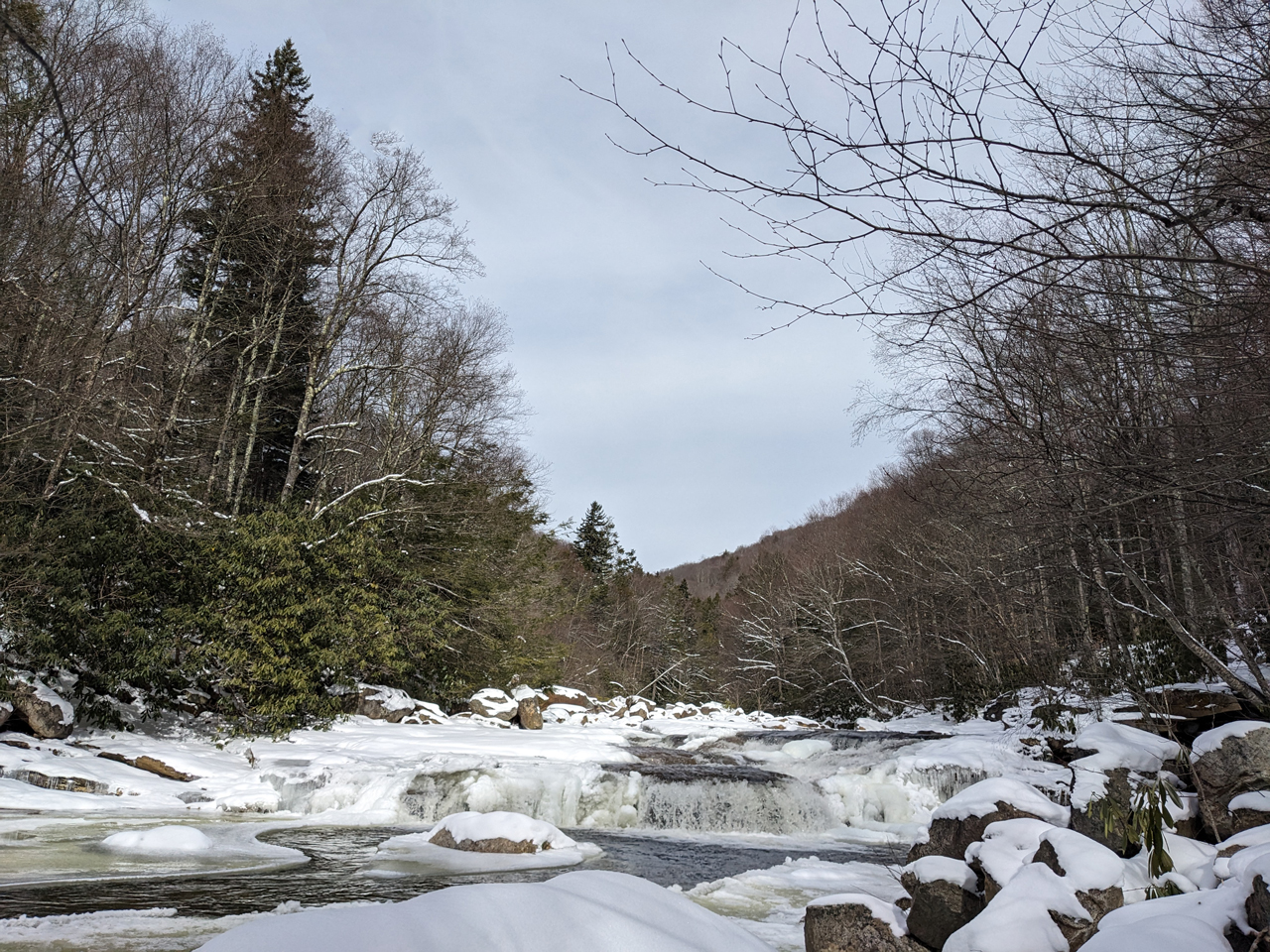
The 17,371 acre Dolly Sods Wilderness (DSW) in the Monongahela National Forest is a rocky, high-altitude plateau with great views, wind-carved boulders, heath barrens, grassy meadows, and centuries-old sphagnum bogs. And while summers are generally cool and wet, winters are, to put it mildly, brutal. Minimum temperatures can drop to −30°F and the average seasonal snowfall is around 150 inches.
Having visited Dolly Sods in the winter before, my buddy, Coop, and I decided to revisit the area, this time exploring the southern portion, a section we hadn’t yet ventured into.
READ MORE

